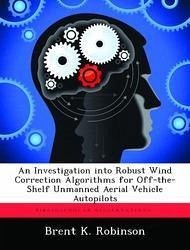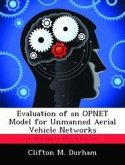This research effort focuses on developing methods to design efficient wind correction algorithms to "piggy-back" on current off-the-shelf Unmanned Aerial Vehicle(UAV) autopilots. Autonomous flight is certainly the near future for the aerospaceindustry and there exists great interest in defining a system that can guide and controlsmall aircraft with high levels of accuracy. The primary systems required to command thevehicles are already in place, but with only moderate abilities to adjust for dynamicenvironments (i.e., wind effects), if at all. The goal of this research is to develop asystematic procedure for implementing efficient and robust wind effects corrections toexisting autopilots used on small Unmanned Aerial Vehicles. The research willinvestigate the feasibility of an external dynamic environment control algorithm as ameans of improving current, off-the-shelf autopilot technology relating to small UAVs.The research then presents three main focuses. First, a determination of the estimatedwinds utilizing the existing, on-board sensors. Second, the development of a windcorrection algorithm that incorporates simple mathematical principals to counter the 2-Dimensional wind forces acting on the aircraft; and third, the integration of that windcompensator into the on-board navigational system. This "piggy-back" algorithm mustassimilate smoothly with the current GPS technologies to provide acceptable and safeflight path following. The design procedures developed were demonstrated in simulationand with flight tests on the SIG Rascal 110 UAV. This report builds the framework fromwhich current wind correction research at AFIT and the ANT Center is based.
Hinweis: Dieser Artikel kann nur an eine deutsche Lieferadresse ausgeliefert werden.
Hinweis: Dieser Artikel kann nur an eine deutsche Lieferadresse ausgeliefert werden.








